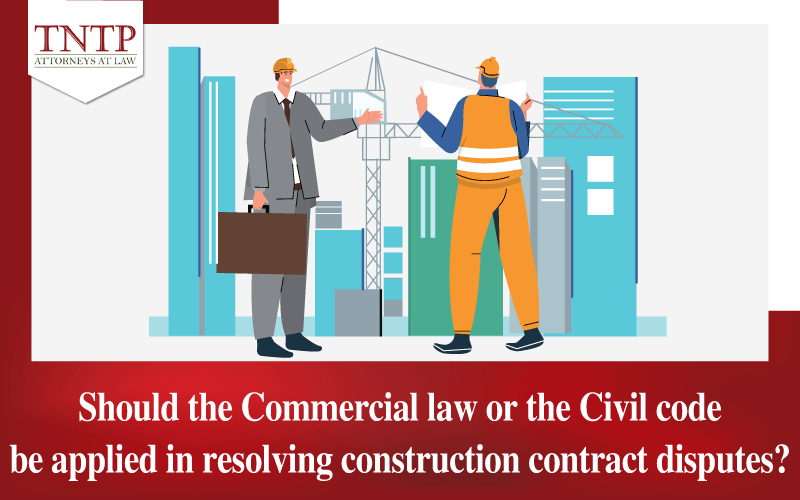Civil liability cases of legal entities
Civil liability is an adverse consequence that a competent state agency applies to an entity that commits acts of civil law violation. Therefore, regardless of whether the subject is an individual or a legal entity, they are liable for civil liability when there is an infringement. In which case must the legal entity bear civil liability? In this article, we will analyze and present cases of civil liability of the legal entity.
According to the provisions of the Civil Code 2015, the civil liability of a legal entity is outlined in the following cases:
1. When the representative of the legal entity establishes and performs on behalf of the legal entity
In principle, a legal entity only has to bear civil liability for the exercise of its civil rights and performance of its civil obligations established and performed by its representative in the name of the legal entity. The representative of the legal entity may be a legal representative or an authorized representative. Conversely, in cases where the representative does not have the authority to represent or exceeds his/her authority to represent a legal entity, causing damage to another entity, the legal entity has no civil liability for that act. However, the law provides for several exceptions where the legal entity is still liable in these two cases, specifically under Articles 142 and 143 of the Civil Code 2015.
- A civil transaction entered into and performed by an unauthorized person representative shall not give rise to rights and obligations of the principal, except for any of the following cases:
a) The principal recognizes the transaction;
b) The principal knows it without any objection within an appropriate time limit;
c) It is the principal’s fault that the other party does not know or is not able to know that the person entering and performing the civil transaction therewith was unauthorized.
- A civil transaction entered into and performed by a representative beyond his or her scope of representation shall not give rise to rights and obligations of the principal concerning that part of the transaction which exceeded the scope of representation, except for any of the following cases:
a) The principal gives consent;
b) The principal knows it without any objection within an appropriate time limit;
c) It is the principal’s fault that the other party does not know or is not able to know that the person entering into and performing the civil transaction therewith was beyond his/her scope of representation
For example, A is the sales manager of Company B and is not authorized by the legal representative of the company to sign a purchase and sale contract with a customer, but A takes advantage of his position to sign a contract on behalf of B with the customer. In this case, A is liable for civil liability arising from the contract, and company B is not responsible for the contract that A has signed with the customer.
Therefore, it is necessary to distinguish an individual’s act from that of a legal entity to determine the legal liability arising from that act, to limit damage to the legal entity as well as to determine the right object to compensate the damage sufferer.
2. When a founder or a founder’s representative establishes, performs to establish, and register a legal entity
A legal entity shall bear civil liability for obligations established and performed by a founder or a founder’s representative in order to establish or register a legal entity unless otherwise agreed upon or otherwise provided by law.
Therefore, after a legal entity is established, if the establishment or registration of a legal entity by the founder or the founder’s representative causes damage to other entities, the legal entity must bear civil liability and compensate the infringing entities.
3. When a worker or trainee of a legal entity causes damage while performing the work assigned by the legal entity
In the course of performing the work assigned by the legal entity, if a worker or trainee of it causes damage to another entity directly related to the work assigned, the legal entity must compensate the damage sufferer. Because in this case, the behavior of the worker or trainee is understood as the act of the legal entity, the civil liability first belongs to the legal entity.
However, if the above damage-causing act is proven to be partly the fault of the worker or trainee, the legal entity has the right to request this person to compensate for the damage according to the extent he/she caused it in accordance with the law. Therefore, determining the extent of the fault when causing damage to another entity is the cornerstone for determining the amount of compensation for the damage of the worker or trainee to the legal entity.
Above is the post “Civil liability cases of legal entities”. We hope this post was useful to you.
Best regards,



